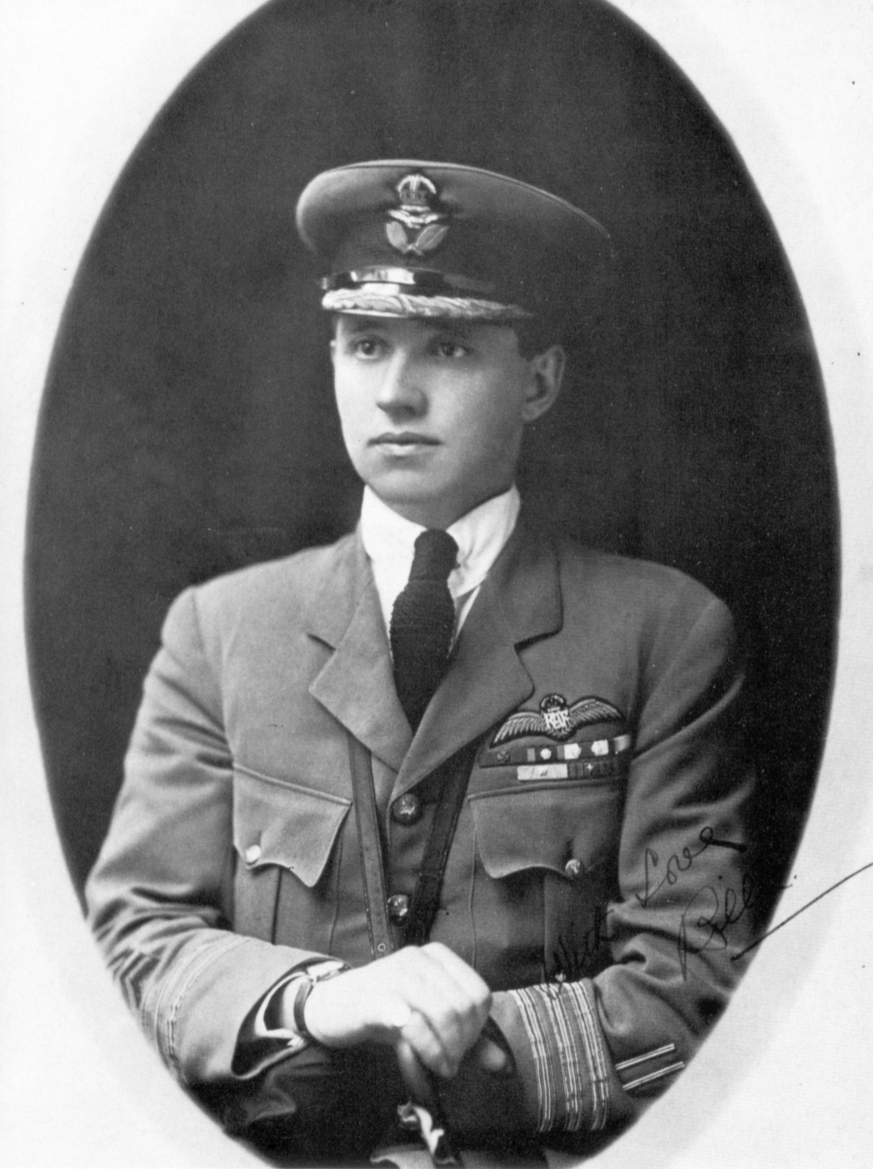Crimea_River
Marshal
Thanks Grant. I guess I was luck to be able to go inside the Sunderland when I was there in 2015. I was intrigued by the depth charge deployment rails: For Terry AKA Airframes :).
I have a few more interior pics if you want me to post them.
I have a few more interior pics if you want me to post them.

